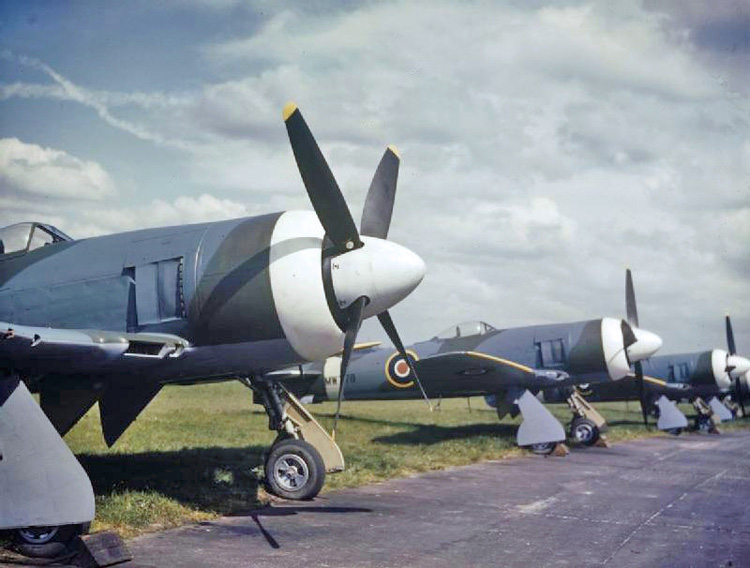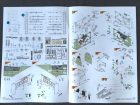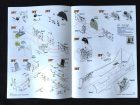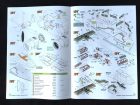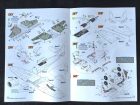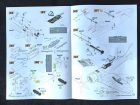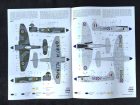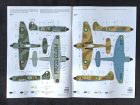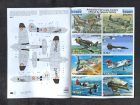Clear parts
The clear plastic parts are just that with no blemishes or defects apparent.
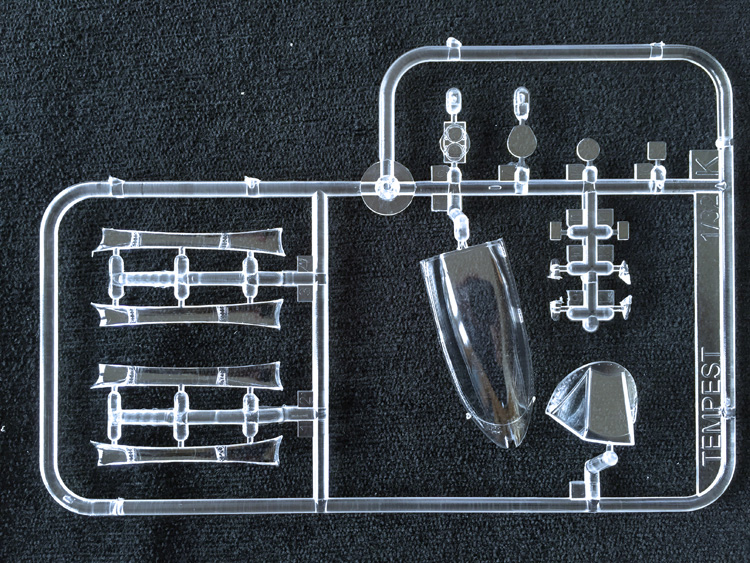
Decals
The decal sheets are well printed and colour is good. Carrier film also looks minimal and these should all be very usable. Some nice subjects included too in order to make one of 5 different aircraft that flew with two air forces, including of course the RAF and an interesting machine from the Pakistan Air Force.
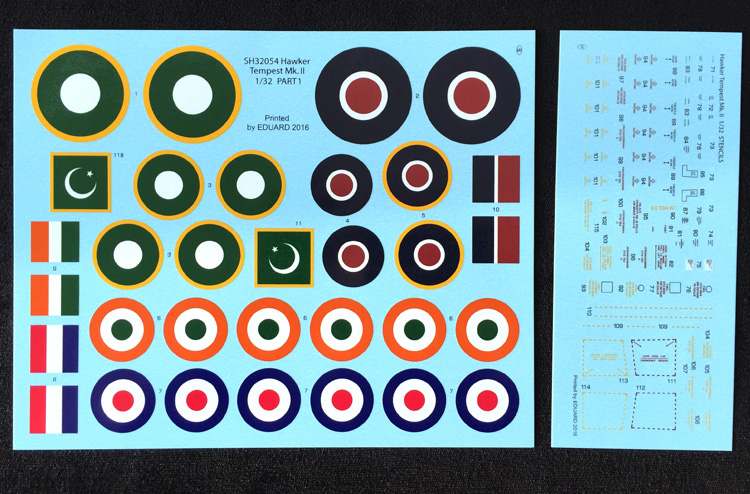
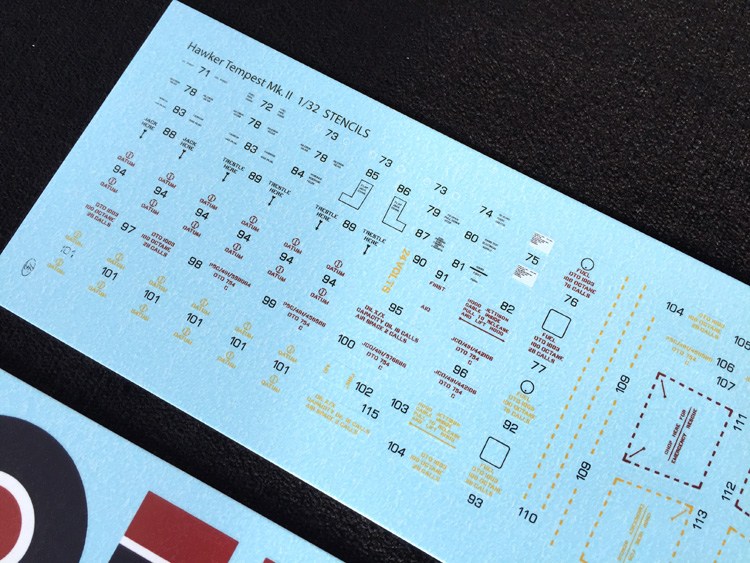
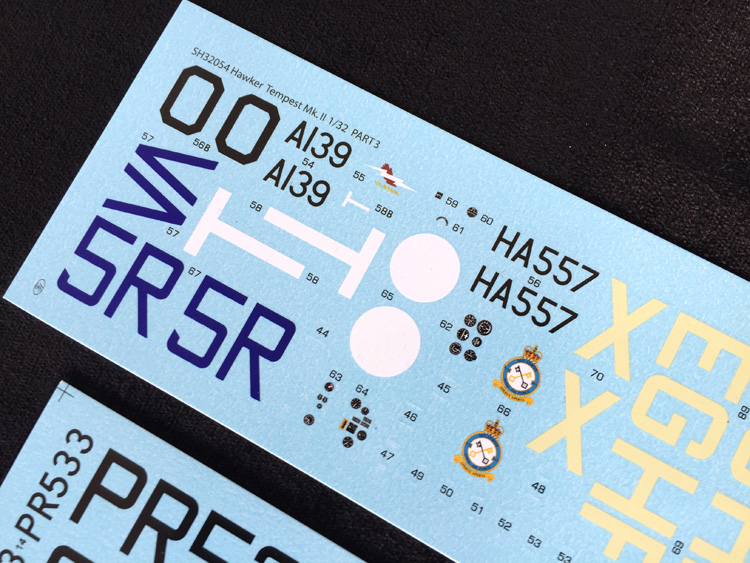
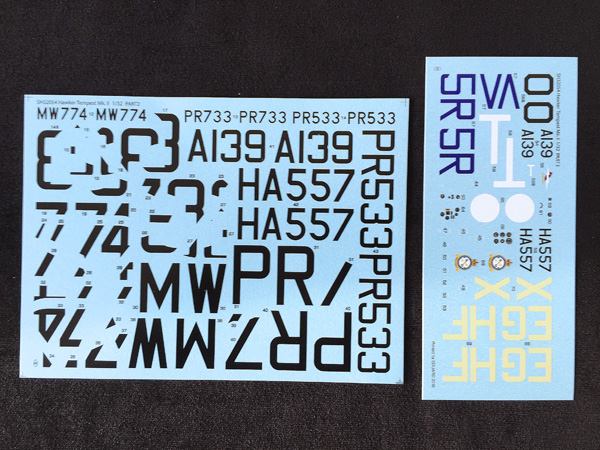
Instructions
A neat all-colour instruction sheet is included that shows where everything needs to go. The Boomerang is externally quite straightforward in modelling terms and construction shouldn’t present any great problems. One of our model club members is building the initial release of this kit and says you need to watch the alignment of parts like the cockpit and wheel wells as their exact location is a little imprecise? Just a thought ahead of your build.
A little bit about the Hawker Tempest
The Hawker Tempest was a British fighter aircraft primarily used by the Royal Air Force (RAF) in the Second World War. The Tempest was an improved derivative of the Hawker Typhoon, the type originally being known as the Typhoon II, which was intended to address the Typhoon’s unexpected fall-off of performance at high altitude by replacing its wing with a thinner laminar flow design. Having diverged considerably from the Typhoon, it was chosen to rename the aircraft Tempest. The Tempest emerged as one of the most powerful fighters of the World War II and was the fastest propeller-driven aircraft of the war at low altitude.
Upon entering service in 1944, the Tempest was used as a low-level interceptor, particularly against the V-1 flying bomb threat, and as a ground attack platform, in which it supported major events such as Operation Market Garden.
Later, it successfully targeted the rail infrastructure in Germany and Luftwaffe aircraft on the ground, as well as countering such attacks by German fighters. The Tempest was effective in the low-level interception role, including against newly developed jet-propelled aircraft such as the Messerschmitt Me 262. The further developed Tempest Mk.II, which had several improvements including being tropicalised, was intended to see combat against Japan in South-East Asia as part of the Commonwealth Tiger Force, did not enter service until after the end of hostilities.
